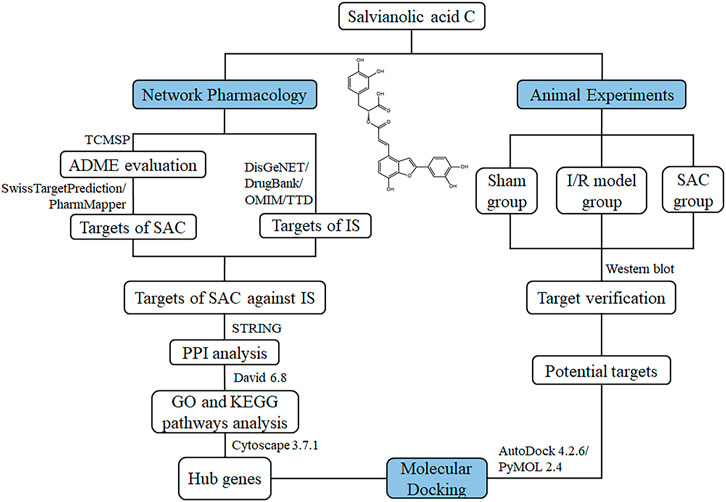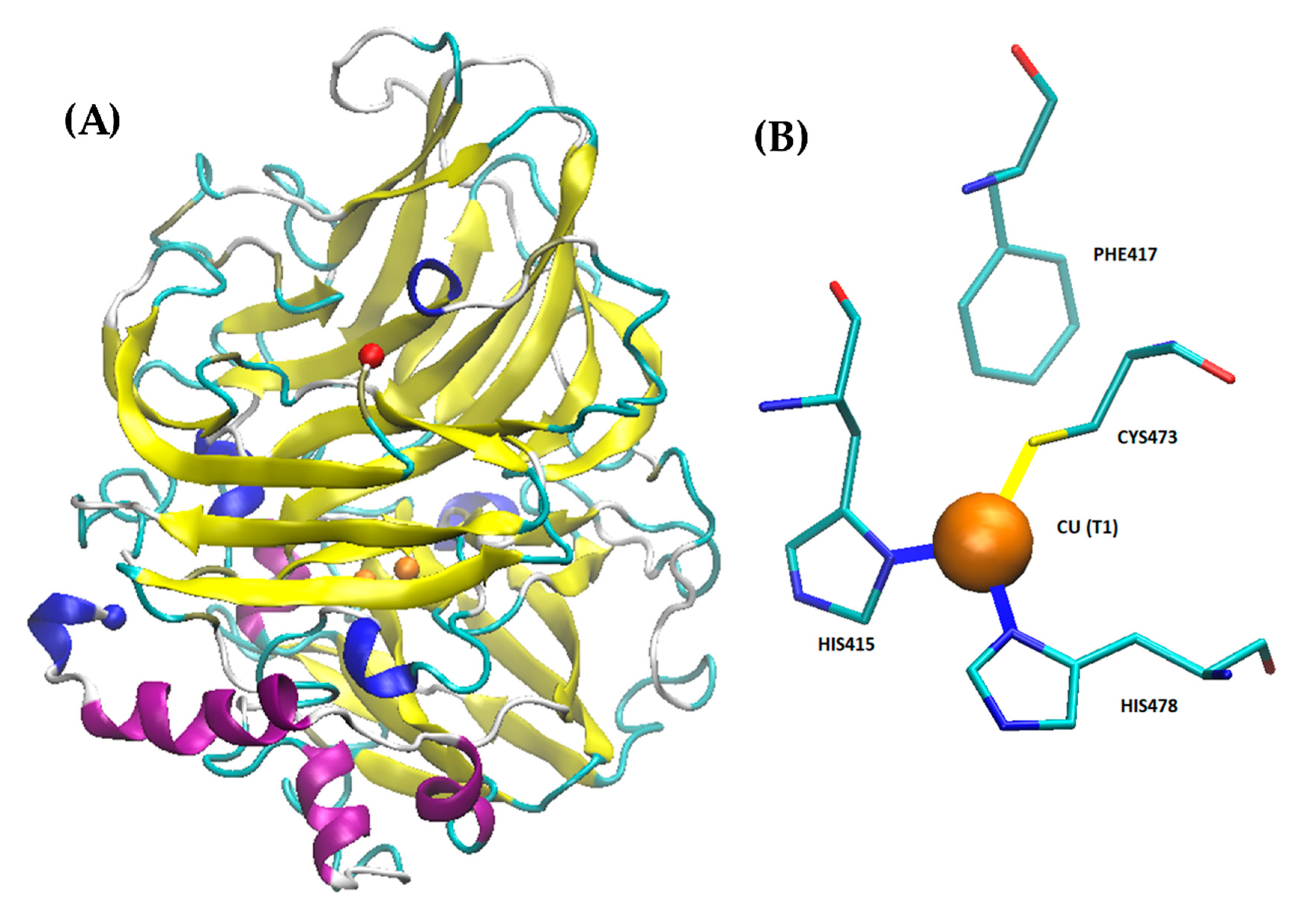

Once you enter a selection, the corresponding residues become highlighted and you can perform an action with the ASHLC buttons next to ‘(sele)’ in the object box.You can also use the ‘or’ operator for complex logic: ‘sele resi 74 or resn LEU’ will select residue number 74 and all the Leu in the protein.To select a residue by number (‘resi’) and chain, type ‘sele chain A and resi 74’.To select an amino acid name ‘resn’, type ‘sele resn LEU’.To select a chain type in the command box ‘sele chain A’.Selecting parts of the protein with commands:.


If you use color by chain/rainbow each chain will have its own rainbow spectrum and it will be easy to see where they start and end. Coloring by spectrum/rainbow highlights visually the N- and C-termini of the protein. C stands for color: here you change to a specific color, color by chain, by secondary structure, or color by rainbow.H stands for hide, it performs the same functions as S except that it hides whatever selection you make.S stands for show here you can change the representation of the molecules: e.g.A stands for action you can zoom, center, rename, delete, and duplicate objects from this menu.Next to them there are five buttons: A, S, H, L, C.You can click on these buttons to display or hide molecules without deleting them (light grey buttons are displayed, dark grey buttons are hidden). 3IEO), and possibly some selections ‘ (sele)’. Objects: In the right panel you will see two or more objects: all, one or more (i.e.Rolling the mouse wheel will slice away Z-planes (you’ll see only a slice of the protein), a good way to focus only on some details of the protein.Clicking the middle button will allow you to move the structure sideways (translation).The middle button can be either clicked or rolled.Right click will zoom in or out on the molecule (move mouse up and down).Clicking on the molecule will select residues (or chains, or atoms, depending on the current mode).Clicking on the background and moving the mouse will rotate the molecule around the X and Y axes (clicking at the edge of the screen will rotate around Z axis).
#Pymol tutorial carlsson lab download
This will download the structure from the PDB web site and the protein will appear in the main portion of the screen. Actions can be performed on the entire protein (3KOI) or on the selection (‘sele’). Part of the sequence is selected (highlighted both in the sequence and in the molecule). The sequence of the protein is turned on (by pressing the “S” sequence button on the bottom right). PyMOL displaying a protein in ‘line’ visualization. Typing a command in the command box can perform many of the functions.įig 1.1.
#Pymol tutorial carlsson lab code
In the search box at the top of the page you can type the name of any protein you like in the search box, or you can use the “PDB code”, a code of four alphanumeric characters that defines a structure.Go to the PDB website (link opens in a new tab): Protein Data Bank.PART 1: GETTING FAMILIAR WITH PROTEIN STRUCTURE (45 min) Since everyone is required to bring their laptop for lab 1, and the protocol is very detailed, you DO NOT need to do this for lab 1. NOTE: In all future weeks, you will be required to write out the lab protocol in your lab notebook prior to lab.


 0 kommentar(er)
0 kommentar(er)
